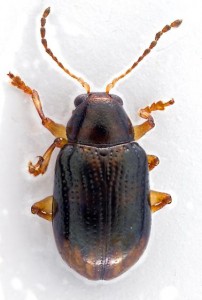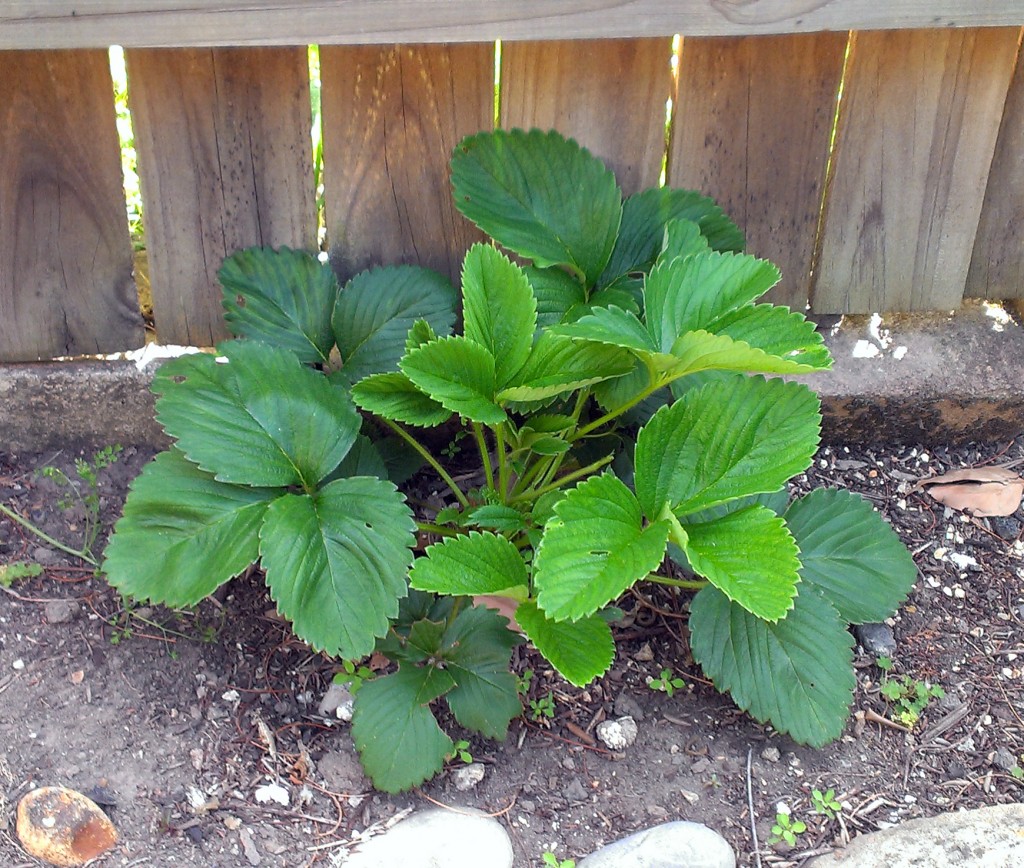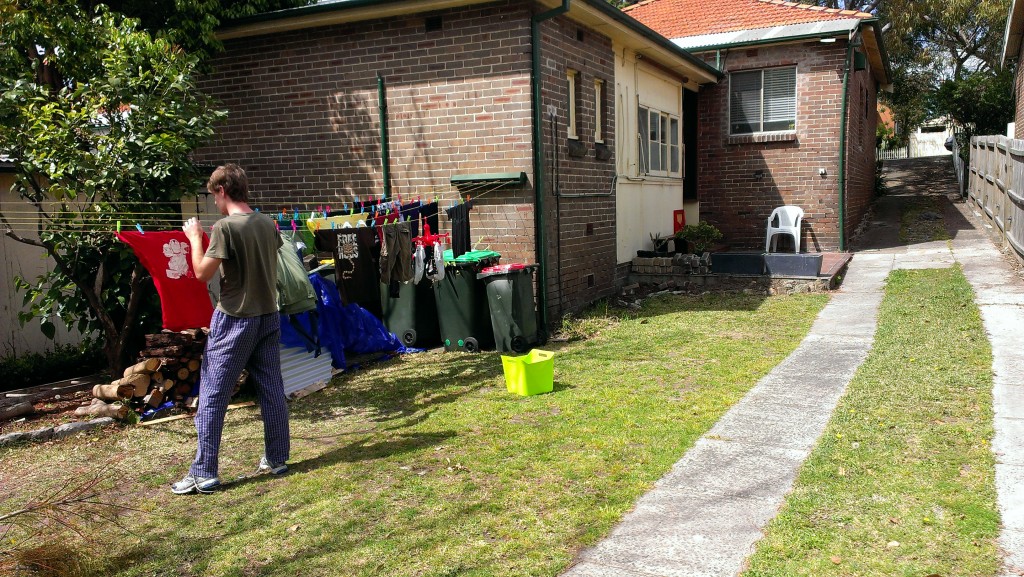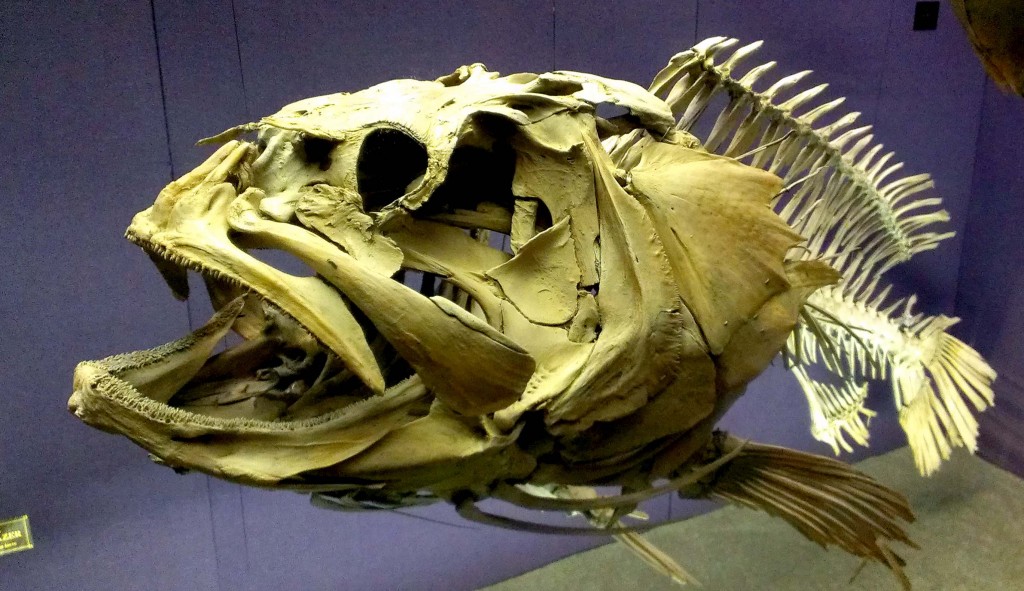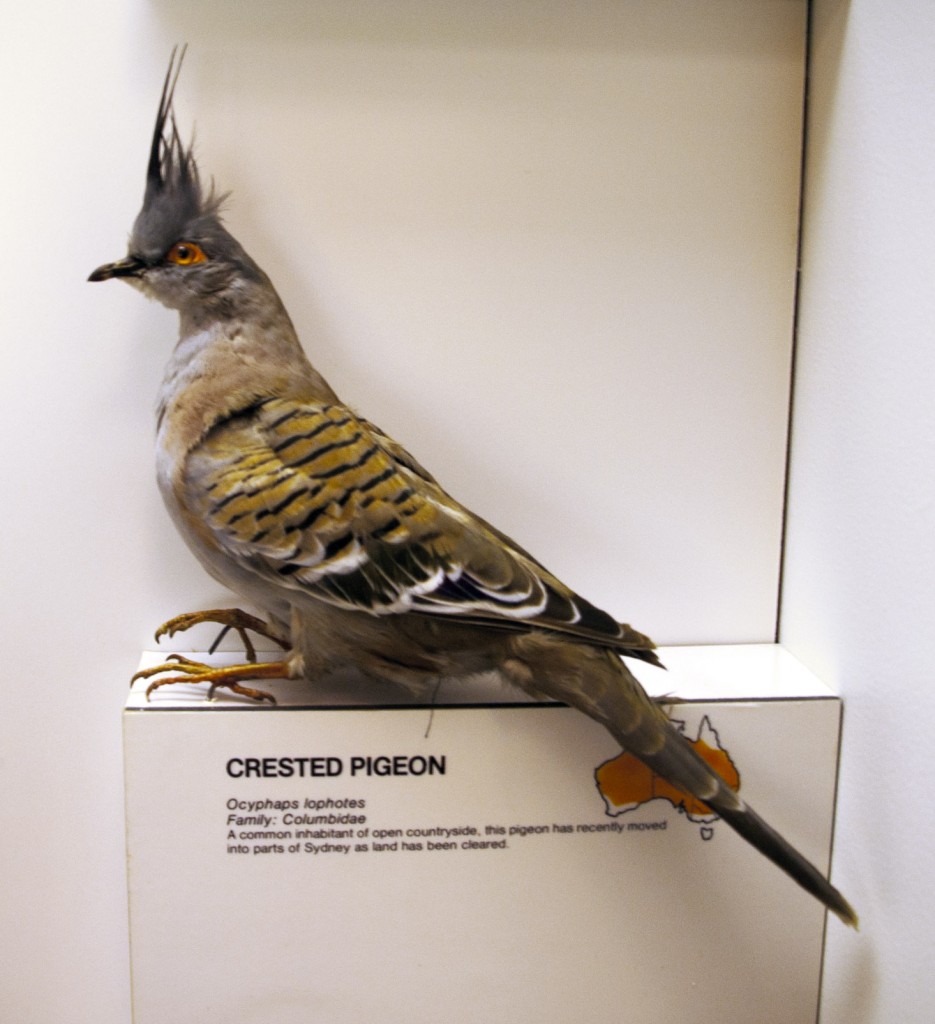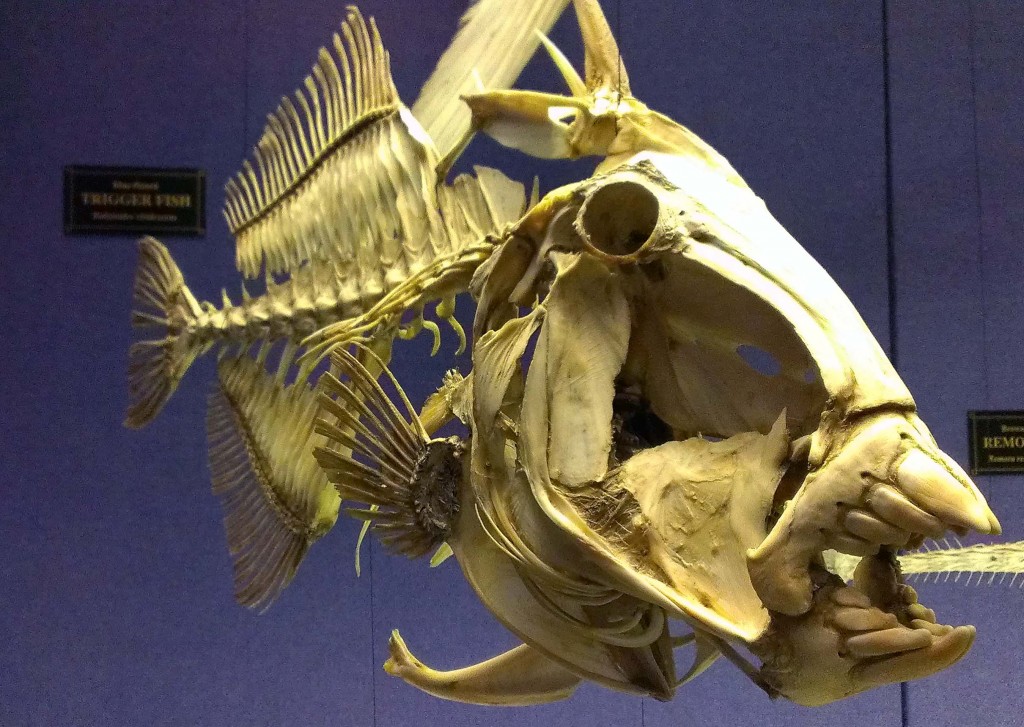First, a question: my photos seem far less vibrant on wordpress than they do when I view them on my computer. Does anyone know why this might be? Does wordpress publish in CMYK? If so, arg. I know I could look this up, but then I’d have to go back and re-edit all my photos from RGB to CMYK, and that would make me sad. So, deliberate ignorance for now. Anyway, onwards.
….
This is my new favorite place in Australia. I’m not sure what my old favorite place was – maybe our flat? that one thai restaurant? – but this tops it.

I haven’t been able to identify this flower. It grew on the sides of sandstone cliffs which had water dripping down them.
We only have two weeks of our fantastic multipasses left, so we’re trying to take advantage of them while we have them by traveling to wonderful places at the ends of some of the rail lines.
The Blue Mountains National Park is a large reserve about 2.5 hours by train to the West of Sydney, and it’s home to a whole bunch of really old, really worn down, sandstone mountains. I think they call them mountains because there are big cliffs and the altitude is slightly higher than the rest of Australia, but to me, they feel more like awe inspiring canyons.
First things first: yes mom, I hurt myself, but I’m fine! I’m writing this a week after the fact and postdating it, so I can say with certainty that healing is progressing quite nicely. The deeply cut flesh of the thumb is all sealed up, and only the epidermal layers are left to heal! My curiosity in combination with a stupid multitool are to blame. I call it a stupid multitool because the blade doesn’t lock. That doesn’t mean I’m not also stupid for not checking whether the blade locked. The curiosity came in when I really wanted to see what was inside an odd looking growth on some bushes. The end result was the blade closing on my thumb and a rather lightheaded walk back to town with my thumb in my mouth wherein I drank a lot of my own blood and grew more familiar than I ever wanted with the interior depths of that digit. Ben was quite nice about it, and after finding medical supplies and a very nice cafe to let us use their bathroom, I was able to patch myself up.
Cool Australian product of the day: Dettol.

It’s an antiseptic that’s sold in a very concentrated form, so you dilute it 1:20 for use. Not only do I now have a strong belief in its powers (no infection! win!), but I think it’s totally awesome that it’s sold the way it is. I may be misguided, but I feel like an antiseptic for sale in the US would be sold dilute and ready to use, to either satisfy the public’s laziness or to simply make more money.
Anyway, after an impromptu lunch at the cafe that let us bloody their bathroom, we set out back down the “Charles Darwin Trail” that we had been on when I unfortunately delayed us. The trail begins a half mile from the train station at Wentworth Falls, and goes all the way to the national park itself, all through lovely bush and along a lovely creek that has eroded its way through the sandstone to form little undercliffs and waterfalls. We got routes from Wild Walks.

Turns out, if I’d only walked a little further down the path (we were only 20 minutes in) I would’ve seen another bush with the “growths” opened, and found out that they are actually quite oddly located seed pods. They seem to be rather randomly placed along the main branches of the bush. I thought they were going to be some kind of burl with a bug inside. When we walked back down the same trail at the end of the day, I picked up my original slightly dented unopened seed pod, still lying by the side of the path, and threw it into the creek.
I kept cursing myself as we walked for at least another half hour, until I became too distracted by the beautiful scenery and all of the fascinating plants that I’d never seen before.
The creek began as a little thing at the beginning of the trail, maybe three feet wide, but as we walked we kept crossing more and more feeder streams, and eventually the creek grew large enough to harbor lovely little rapids and waterfalls. I thought, oh! Wentworth Falls! How nice! Spoiler: no. not Wentworth Falls. Wentworth Falls is much more epic.
But that was part of what was so nice about the day. We had no idea what to expect. We knew we wanted to go to the national park, so we did. Only on the train did I start looking for trails to walk on my future device, I mean phone. We picked one that had a medium hard rating, was estimated to take 5 hours, and had “undercliff” in the name, because hey that sounds neat. So as we walked, the creek started getting more interesting, the terrain started getting more varied, and really, the point is, the walk kept getting more and more interesting the further we went. It was a perfect slow introduction to the beauty, and allowed us to appreciate each new aspect with equal enthusiasm. I loved it.
Sandstone can make incredible rock formations. I need to learn about the geology of this area, and about how some of these structures were formed.

To repeat myself, it was as if, maybe, rather than driving to the edge of the grand canyon and looking down and thinking “whoa, that’s neat, and big!” you got to watch the evolution of the land from tiny stream to awe-sucking-whoa up close and personal in a whole day of mind-blowing beauty.
It’s a stream! With a bridge over it! How cute! And look at those plants! I’ve never seen anything like that before. The flowers are so weird! Magpie! Hi magpie! Ooooh it’s a little waterfall! How pretty! MAN that’s a big Norfolk Island Pine. Cockatoos! In the trees! Wow they’re pretty but they sound like they’re dying. Oh my gosh, that’s a gorgeous waterfall. Look at how the water has sculpted the sandstone into ripples! Oooooh! Now the path is like a cathedral of trees! Another feeder-stream! Oh jeez, that’s a lot of stairs. Wooow, running water has the loveliest sound. Look at these eucalyptus – the bark is soooo pretty. Holy crap, that’s a big waterfall!…. Holy crap! Cliffs!…. Look at how tiny those trees are down there!… Holy crap! WHOA how do we get over there?… Oh my gosh, this is so pretty…. Oh my… wow…
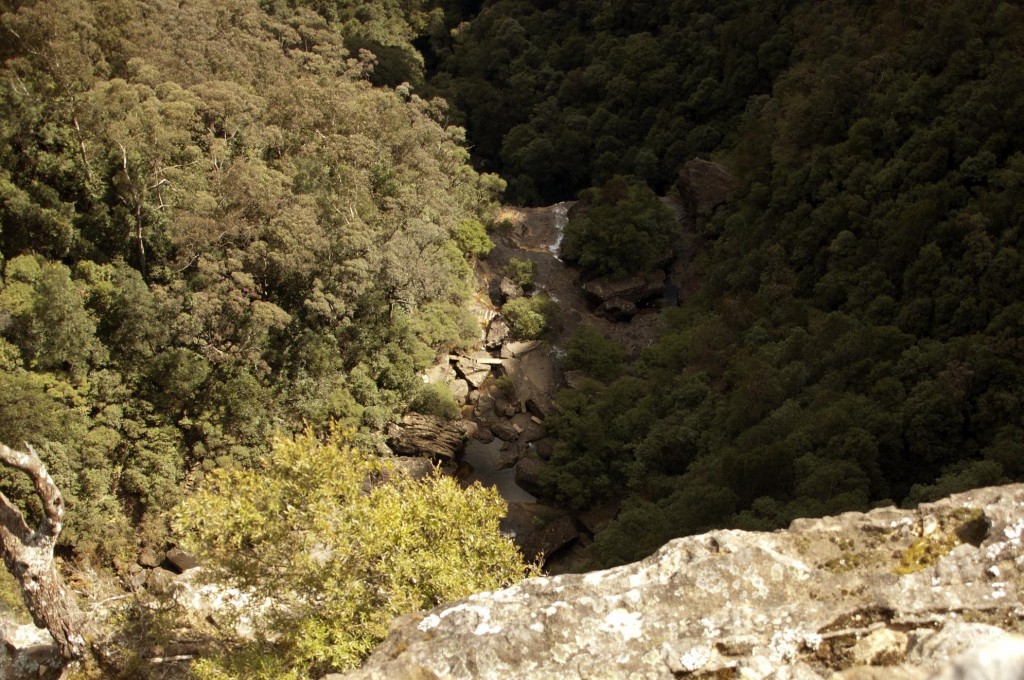
It’s all part and parcel, the whole “ancient waterway” gig. HUGE COSMIC GORGES! Itty bitty tiny trees.
That’s not really a nutshell. Maybe an emu shell! But that’s what the day was like.

Things I am jealous of: Ben saw a snake! The last half of a snake, anyway. We didn’t know what it was until we went to the Taronga Zoo (later post) and Ben identified it as a Red-bellied Black Snake which is venomous, but is not one of the most deadly snakes in Australia. They tend to live in the bush by waterways, and are quite timid.
And now, a series of photos with commentary. Pretty pictures… lots of them.
Our walk began in the flat lands around Wentworth Falls.

And as we walked the creek grew bigger, and interesting sandstone rock formations began popping up. This is near where Ben saw his snake. Damnit, I was ahead of him, and I missed it!

One of the few places where we bumped into other people, the popular spot on the very top of Wentworth Falls. I love the pathways they’ve built. Giant stepping stones through the waterways.

And one of the warning signs on the railing: um, yeah. Not crossing that barrier.

This is what lay on the other side of that sign and fence. There are a couple hundred feet more cliff under the bottom of this picture.

There are incredible paths
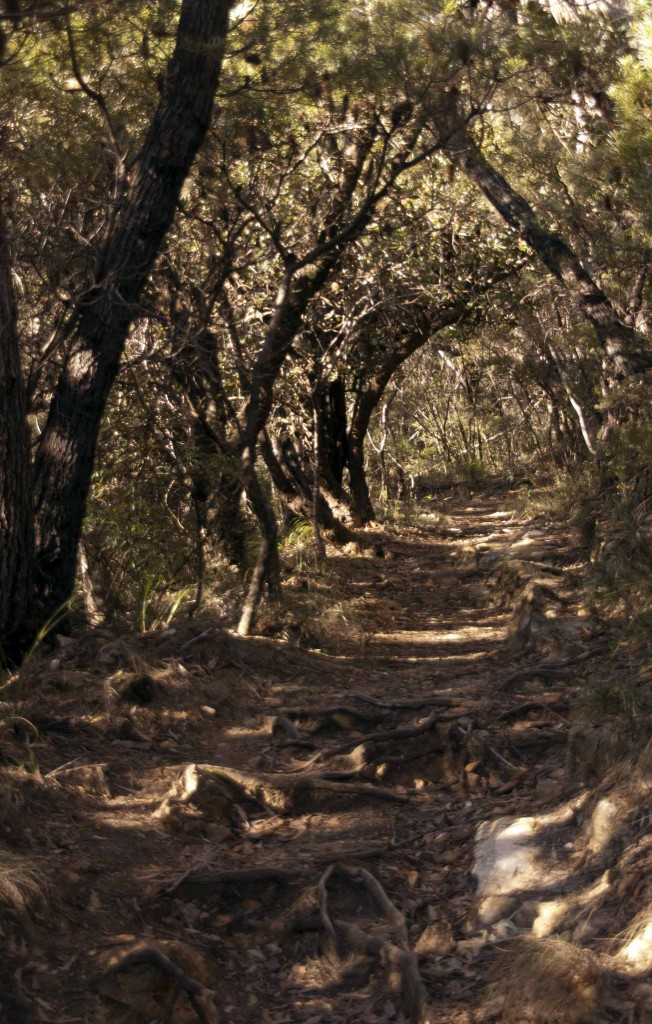
And overlooks

And more paths…

We came across a pair of Crimson Rosellas who appeared to be nesting in a knot in a tree. One of them flew off, but this one here stuck around.

Another wildlife sighting was this here ant. The closest I can come to identifying it sticks it somewhere in the bulldog ant family, Myrmecia. They are alll over the place! I was surprised when I identified it, because I imagined it would be harder to find a bulldog ant (they’re interesting because their sting is awful. Dangerous things are interesting!). In addition to this type, we encountered several with the same body structure, but with opposite color markings – red body and black head.

The coolest thing, though, was a pair of these birds:

We didn’t know at the time, but it turns out that these are female Superb Lyrebirds, Menura novaehollandiae. If you’re not familiar with these guys, you should be, because the males put on incredible mating displays that can turn quite surreal because of their mimicking abilities. Click on that link to check out some videos. These two females were scratching for food in the undergrowth with their formidable claws.

I wanna go back!



